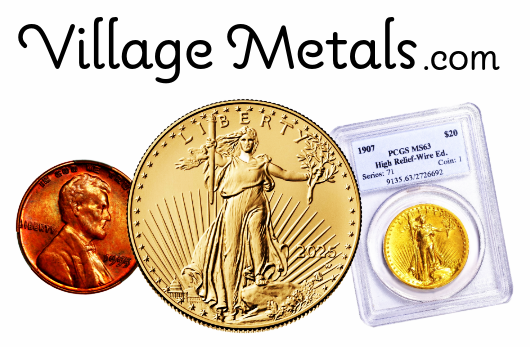You’re looking at a very specific and historically interesting coin! Here’s a breakdown of what “1804 Half Cent Crosslet 4 No Stems ANACS VG10 Details – corroded” means:
Coin Details:
- 1804 Half Cent: This is a copper coin with a face value of half a cent, minted by the United States.1 Half cents were among the earliest denominations struck by the U.S. Mint, starting in 1793.2
- Draped Bust Design (1800-1808): The 1804 Half Cent falls under the Draped Bust design series.3 The obverse (front) features a bust of Liberty with flowing hair, draped in a gown. The reverse (back) features an eagle with outstretched wings clutching arrows and an olive branch, encircled by a wreath.
- “Crosslet 4”: This refers to a specific die variety of the 1804 Half Cent. In this variety, the numeral “4” in the date has small horizontal bars (like a cross) at the ends of its vertical and horizontal strokes. This distinguishes it from “Plain 4” varieties, which lack these crosslets.
- “No Stems”: This is another die variety characteristic, referring to the reverse design. On the reverse, within the wreath, there are typically small stems extending from the leaves. The “No Stems” variety means these small stems are absent or very weak. This is a less common reverse die for the 1804 Half Cent, making this a specific and collectible variety.
ANACS VG10 Details – Corroded:
- ANACS: This is the American Numismatic Association Certification Service, one of the top third-party coin grading services.4 ANACS authenticates coins and provides an objective grade.5
- VG10: This is the adjectival grade, standing for “Very Good 10.” In this grade, the coin has seen considerable circulation, and the high points of the design are well-worn.6 However, major features like Liberty’s outline and the eagle’s general form are still discernible. Details like hair strands or fine feather lines would be largely smooth.
- “Details – Corroded”: This is a crucial part of the grading. When a coin has a “Details” grade, it means that while it can be assigned a wear grade (like VG10), it also has a surface problem that prevents it from receiving a “straight” numeric grade.7 “Corroded” indicates that the coin has suffered from a chemical reaction on its surface, which can manifest as pitting, discoloration, or a rough texture. This corrosion can be due to environmental factors, improper storage, or the coin’s inherent copper composition reacting over time.
Historical Significance and Value:
1804 Half Cents, particularly specific varieties like the “Crosslet 4 No Stems,” are significant because they are early U.S. coinage and represent the evolving designs and production methods of the young nation’s mint.
The “corroded” designation will significantly impact the coin’s value compared to a similar coin without damage. Collectors generally prefer coins with problem-free surfaces. While a problem-free 1804 Crosslet 4 No Stems Half Cent in VG10 condition might be worth several hundred dollars, the “corroded” annotation will reduce its numismatic value.
Current Market Value:
Based on recent sales and general pricing trends for “Details” graded coins:
A an 1804 Draped Bust Half Cent, Crosslet 4, No Stems, ANACS VG10 Details – corroded has sold for around $150-$225.8 However, actual prices can vary based on the severity and appearance of the corrosion, the specific eye appeal of the coin, and where it is sold (e.g., auction, dealer, private sale).
Despite the corrosion, these coins still hold historical value and are sought after by collectors who want to acquire examples of these early American issues, even with their imperfections.
